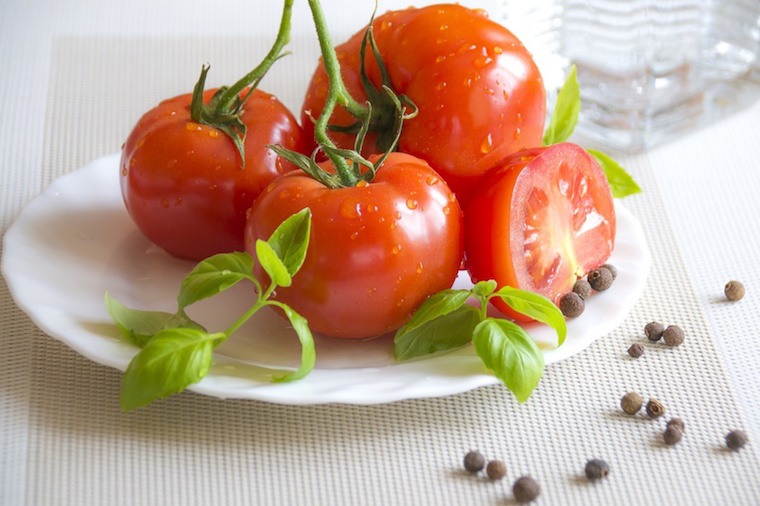The Truth About Nightshades—and Whether You Should Avoid Them
Nightshades is the name for a group of fruits and veggies that includes eggplants, tomatoes, red peppers, and white potatoes. Some people have no problem at all with them—but not everyone. Why? "Nightshades have glycoalkaloids in them—their own natural bug repellant," explains Allen Campbell, the Brady/Bündchen family chef (and the man behind their pretty hardcore diet). Because of that rather nifty protective mechanism, they can cause inflammation in some people, exacerbating digestive and autoimmune problems.
Here's what you need to know about the buzzy food group—and whether you should be going nightshade-free, too.

How nightshades work
The built-in bug repellant in nightshades is actually a particle called glycoalkaloid, says nutritionist and dietician Laura Walker, MS, RD. It's great for nightshades, but not so much for the people who like to eat them.
Different nightshades have different levels of glycoalkaloids. Unripe tomatoes have a lot. "Eating them will give you an immediate stomachache," Walker notes. But as tomatoes ripen, the amount of glycoalkaloid decreases. That's because at that point, the plant actually wants bugs to come to it and help cross-pollinate.

{{post.sponsorText}}
In white potatoes, the skin contains the highest levels of glycoalkaloid—so simply peeling them can make a world of difference. (In case you're wondering, no, sweet potatoes are not nightshades, and while blue and purple potatoes do have glycoalkaloids, it's super low.) Their thicker skin protects the plant, Walker says, whereas white and red potatoes have thinner skins and need more protection—nature, right?)

Who they affect
Good news, potato and eggplant lovers! According to Walker, nightshades don't really bother most people—but there are some notable exceptions. "If you have inflammatory bowel syndrome, are gluten intolerant, have rheumatoid arthritis, or any form of leaky gut, I recommend you be very careful with this food group," she says. The bug-repelling qualities of the fruits and veggies can attack an already weakened cell membrane.
Campbell agrees. "They tend to effect people with autoimmune disorders more than the average person," he echoes. "If you're showing signs of joint inflammation and pain from arthritis, it may be recommended to do a nightshade elimination diet for 30 days."
Other signs of a possible nightshade issue? If you eat them pretty regularly and are experiencing a lot of bloating, diarrhea, nausea, vomiting, or headaches, it might be worth cutting them out for a bit to see if you notice a difference.

How to cut them out
If you're jumping on the no-nightshade train, prepare for a bit of trial-and-error. "Some people can cut out tomatoes and potatoes, but still tolerate peppers, because they have lower levels of glycoalkaloids," Walker says. Also, she adds, nightshades have a cumulative effect, meaning there may not be one particular variety that bothers you. Instead, consuming small portions of a few different nightshades is too much for your body to tolerate on any given day.
That's why the easiest way to find out is just to cut them altogether—at least for a little while. "I often recommend people start an elimination diet where they start by eating no nightshades, but then slowly add them back in one at a time," Walker says. "That way, you can see which ones your body tolerates."
Because all nightshades are different, take careful notes to see if your body feels different when you add certain ones back in. You might find that simply moderating your intake is enough. Or, you might feel your best when you go full-on Brady/Bündchen.
Originally posted November 1, 2016. Updated November 19, 2018.
Speaking of celebrity eating habits, here are 11 of the most popular, healthy diets. And here are three unexpected ways to incorporate superfoods into your diet.
Loading More Posts...